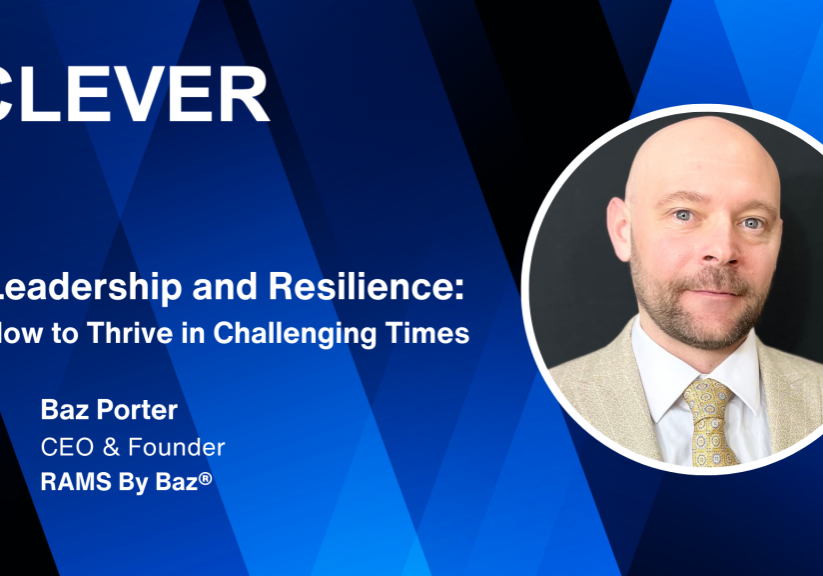
David Teten
Contributor
More posts by this contributor
The investment manager of the future
The macro trends forcing change on the investment management industry
Katina Stefanova
Contributor
Katina Stefanova is CIO and CEO of Marto Capital, a multistrategy asset manager based in New York that creates customizable investment solutions for institutional clients.
More posts by this contributor
The investment manager of the future
The macro trends forcing change on the investment management industry
The late Harvard Business School professor Clayton Christensen found that in many sectors, low-end disruptors typically take hold at the bottom of the market and then work up to satisfy more demanding market segments. That very phenomenon is happening in the investment management industry. The industry is now showing the traditional earmarks of a sector ripe for disruption — most obviously, unhappy customers and very profitable incumbents.
In order to understand the next wave of disrupters, we use professor Christensen’s formal Disruptive Innovation framework. He popularized the idea of analyzing a company by looking at the “jobs to be done” its clients needed. Most money managers think their main job is generating alpha, but they are wrong. According to Amanda Tepper, CEO of Chestnut Advisory Group, investment performance alone does not drive asset flows.
We summarize below all of the jobs to be done by an investment manager in each category, across technical, functional, and emotional benefits. For example, Vanguard Group delivers not only the technical and functional benefits of low-cost investing, but ladders that into the emotional benefit of trust, of putting clients first and not making an excessive profit.
The hierarchy of jobs to be done by investment managers
Technical: What the product/experience does/is — “the offer”
Investment strategy: Generate alpha; don’t lose (too much) money; match liabilities and obligations; minimize expenses, and taxes; exposure to targeted sectors; legacy/achieve political or social goals; and protection from tail risks.
Execute investments: Source/generate investment ideas; research/due diligence; make investment decisions; manage portfolio and exit.
Administer i …












